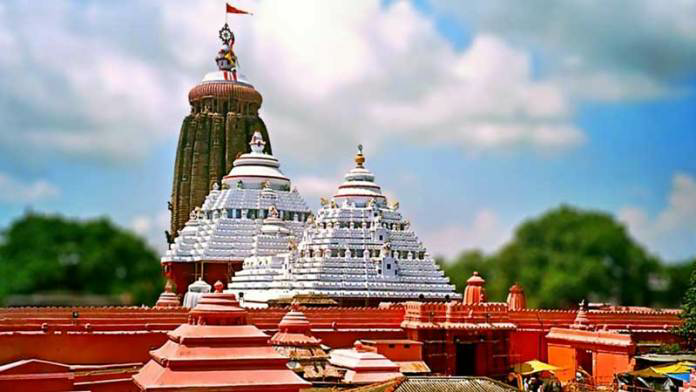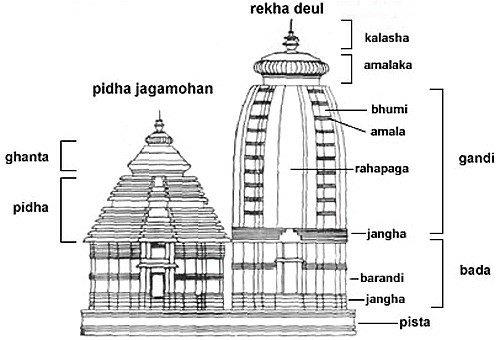Free Courses Sale ends Soon, Get It Now


Free Courses Sale ends Soon, Get It Now



Disclaimer: Copyright infringement not intended.
Context
Jagannath Temple Act, 1954
Provisions of the recent amendment
About the Temple
Location
Founder
Festival
Saints associated
Temple architecture

https://indianexpress.com/article/explained/amendment-to-jagannath-temple-act-7708161/
© 2024 iasgyan. All right reserved